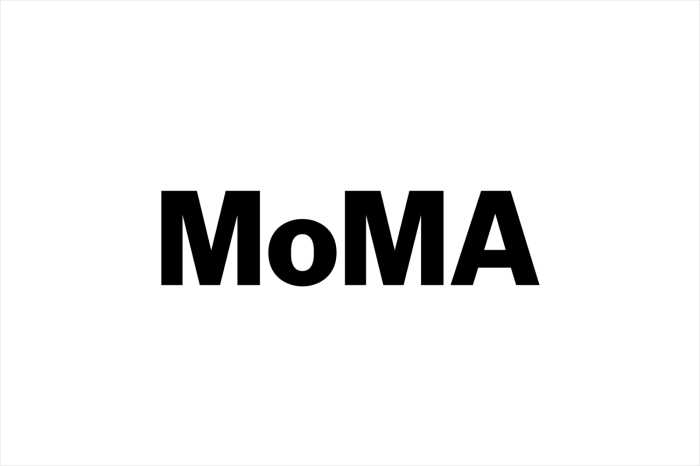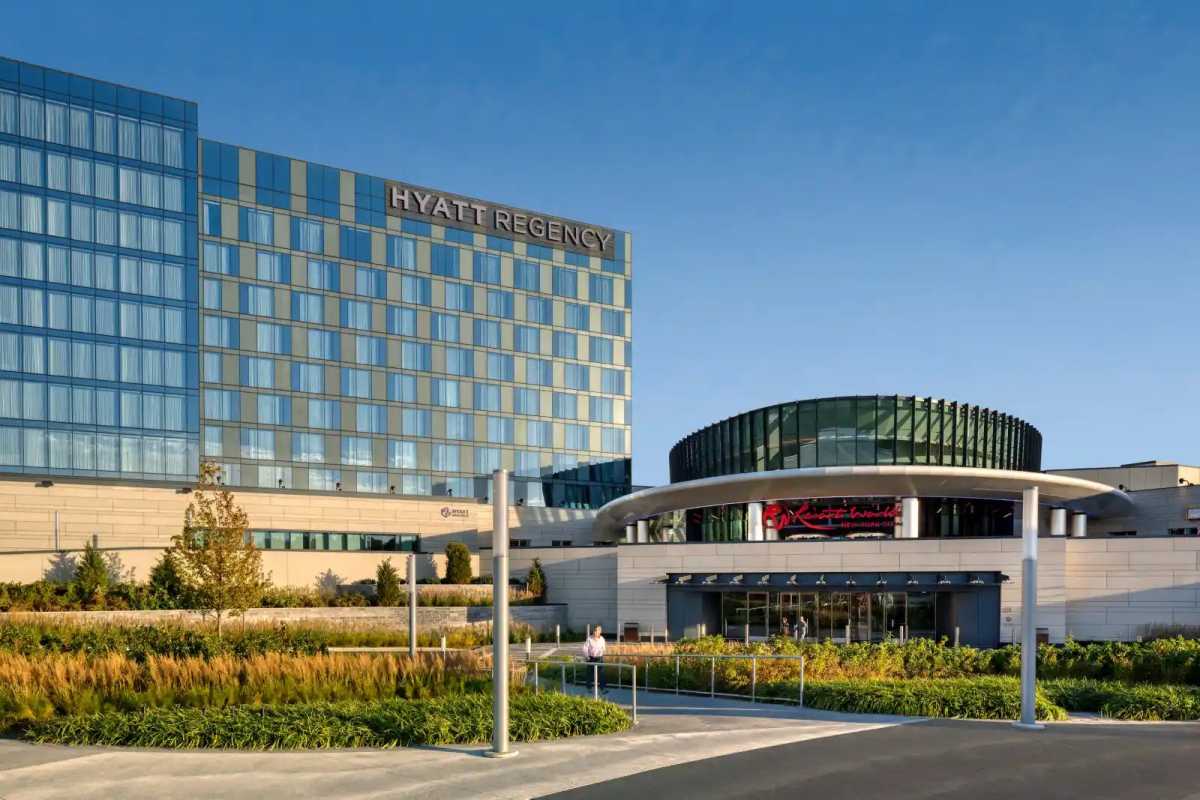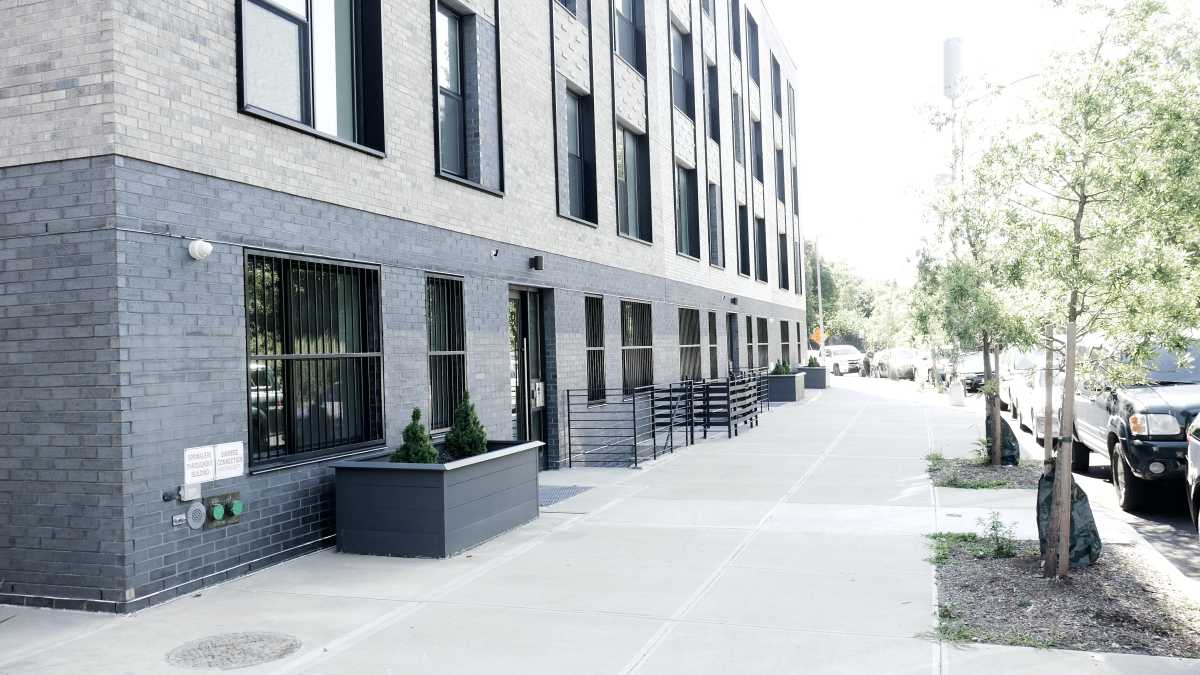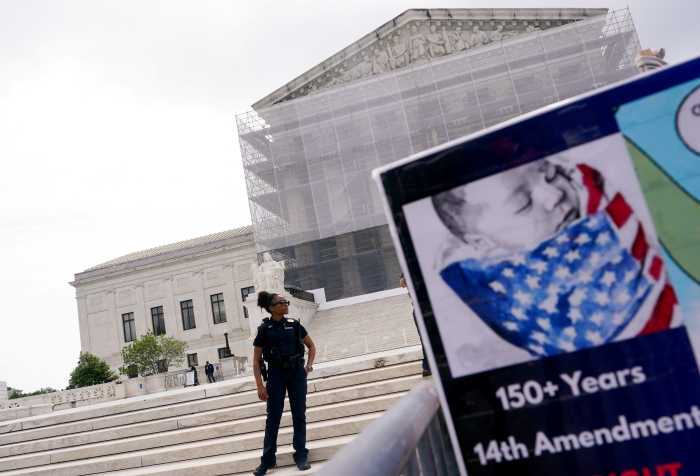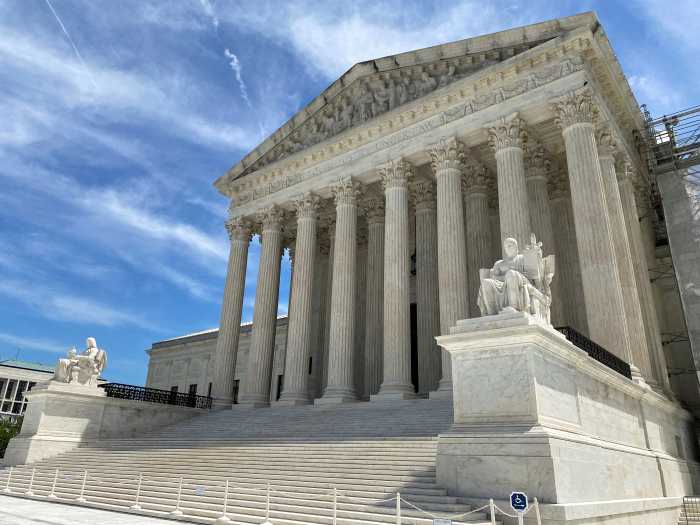By Elizabeth O’Brien with josh rogers
Many local residents don’t want to take the train to the plane—at least not if creating a rail link from Lower Manhattan to J.F.K. International Airport comes at the expense of affordable housing and other priorities.
That was the conclusion of 150 community members who met March 16 at 222 Broadway to decide how they as individuals would allocate the $1.2 billion that remains in Lower Manhattan Development Corporation funds.
Participants in Tuesday’s event, presented by the Fiscal Policy Institute and the Regional Plan Association, were given 12 plastic gold coins worth $100 million each. After a panel discussion, they dropped their $1.2 billion in coins into glass cylinders signifying the competing priorities of housing, the J.F.K./Long Island Rail Road tunnel, community services and facilities, local economic development, and arts and culture.
Lorraine Speghts allocated $600 million for housing and $600 million for local economic development.
“Those are the two most important,” Speghts said. “If you don’t have food and rent, how can you go to a park or ride the train?”
The $1.2 billion remains out of the more than $2 billion in federal funds the joint city-state agency received when it was created in response to the terror attacks of Sept. 11, 2001. Unlike Liberty Bonds, federal 9/11 aid that amounts to a low-cost loan, this amount takes the form of cash.
The L.M.D.C. has not made any final decisions on how to allocate its remaining funds. At a breakfast meeting of the Downtown-Lower Manhattan Association on Wednesday, L.M.D.C. president Kevin Rampe said a decision would be made on the four rail link options at he end of next month. At that point, Rampe said, “We’ll have a lot of pieces in place to have that discussion” on how best to spend the $1.2 billion.
Rampe and other business leaders at the breakfast did say the rail link was important to Downtown’s economic development by making it more attractive to international firms and companies with employees commuting from Long Island.
But at Tuesday’s event, one panelist said the best way to justify the cost of the rail link project, estimated at as much as $5 billion, would be to connect it to the proposed Second Ave. subway and create continuing service to the rest of the city.
“Our concern here is if the L.M.D.C. continues to think about only Lower Manhattan, they’re going to be thinking about building a project that is too constrained in its advantages and therefore won’t be cost effective,” said Jeffrey Zupan of the Regional Plan Association.
Participants at Tuesday’s event decided collectively to allocate only six percent, or $72 million of the remaining $1.2 billion toward the J.F.K. rail link; some said that it was not practical to drag suitcases on the train. According to a Pace University poll released on Wednesday, 51 percent of Lower Manhattan residents oppose the rail link. The survey only asked respondents about the link to J.F.K., without mentioning that all proposals would also link to the Long Island Rail Road.
The biggest priority among Tuesday’s participants was creating and maintaining affordable housing, with 39 percent ($468 million) of the funds allocated towards that goal; 23 percent of the funds went to local economic development ($276 million), 17 percent to community services and facilities ($204 million), and 15 percent to arts and culture ($180 million).
Organizers of Tuesday’s event said they would present the community feedback to the L.M.D.C. Many participants, including Jeff Galloway, a member of Community Board 1 and a panelist, said the rail link is a good idea, but that it would be better to use the $900 million in 9/11 aid slated to build a West St. tunnel rather than the block grant money.
“$1.2 billion seems like a lot of money, but it’s not a lot of money,” Galloway said.
Reader Services



